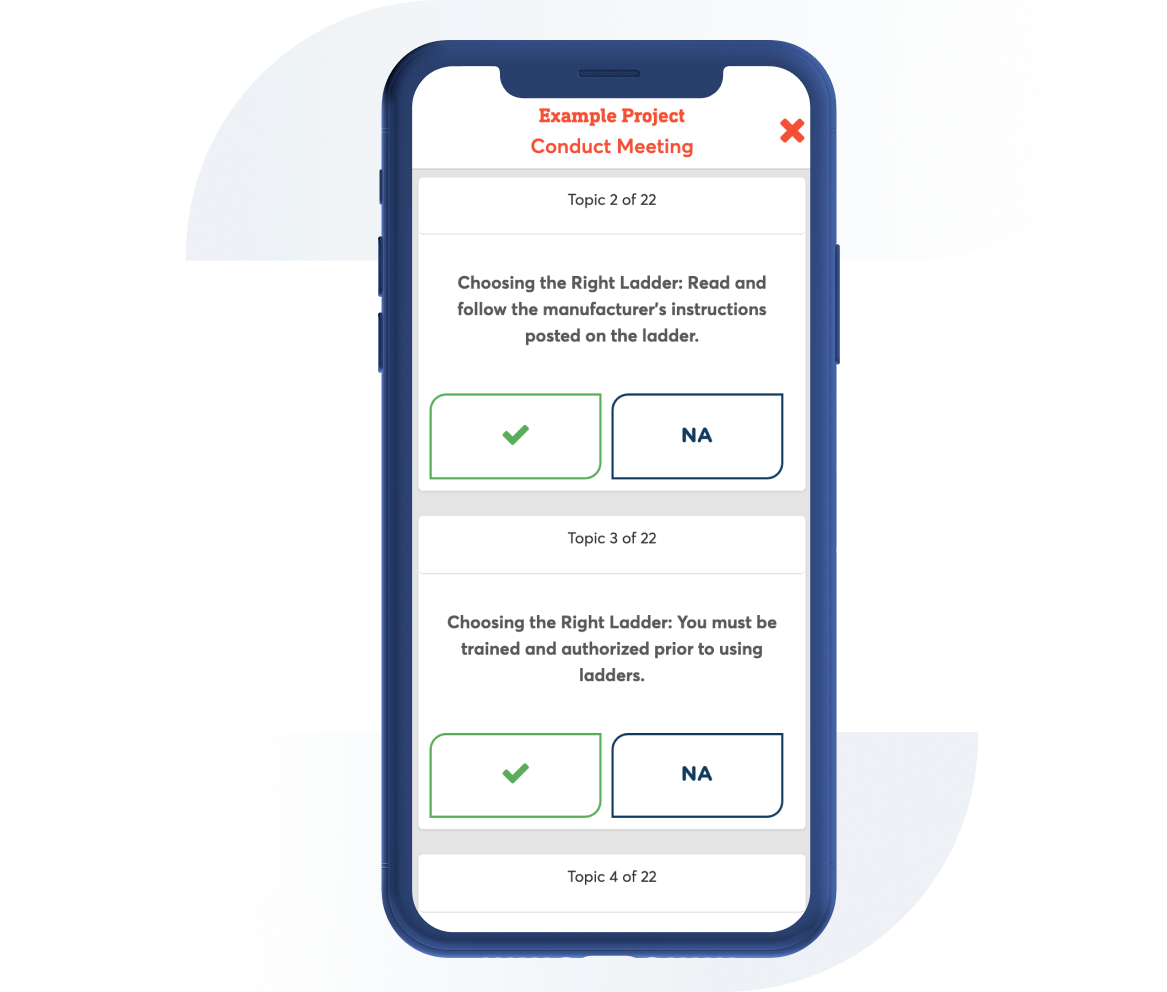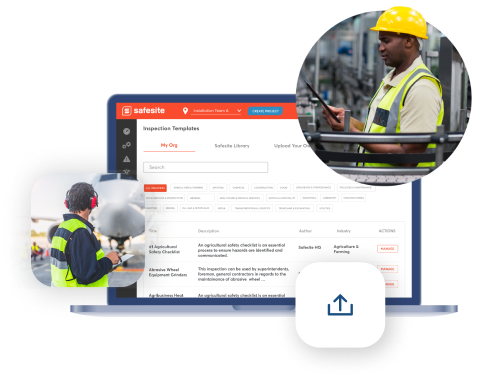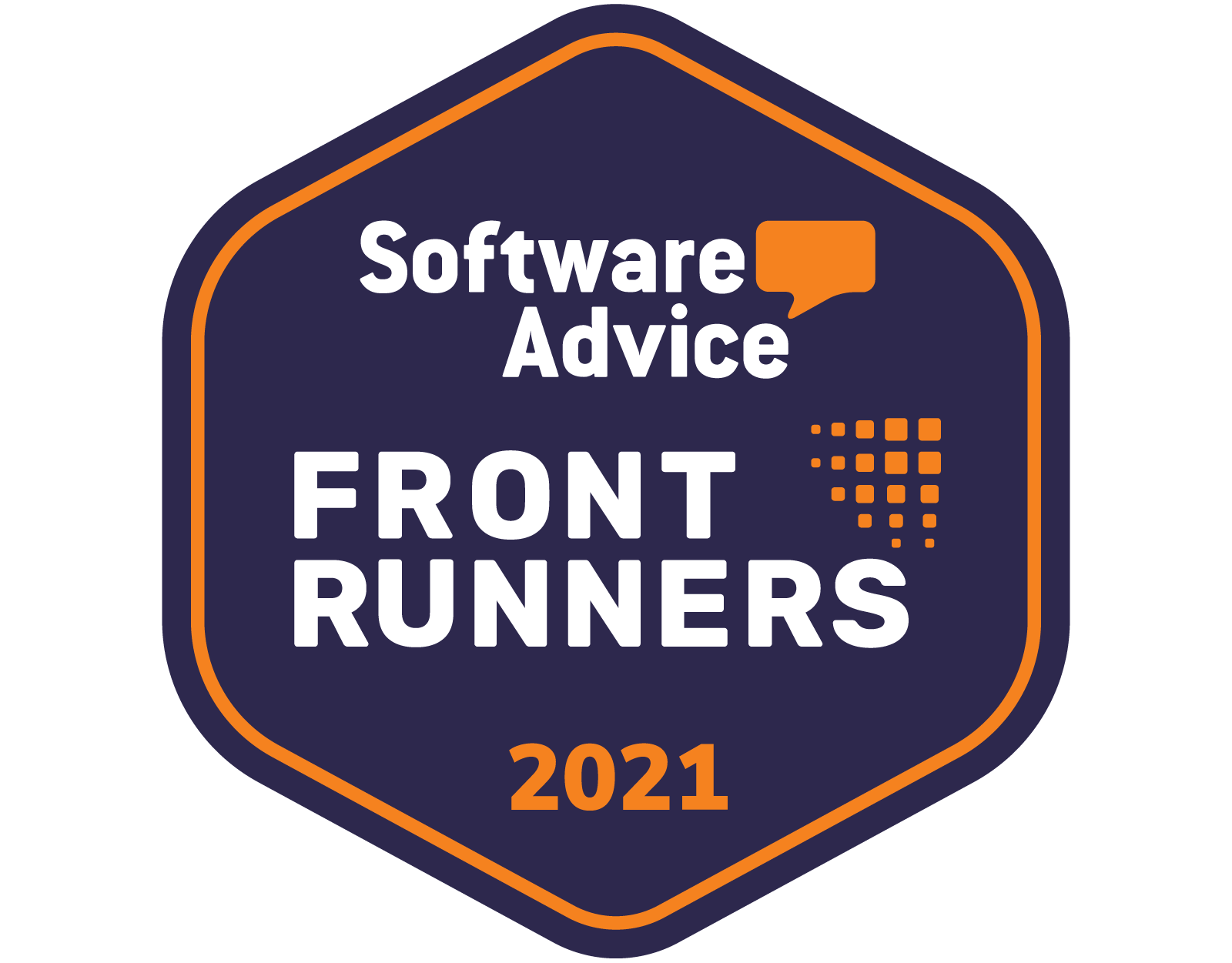Heat-Related Illness Safety
Contributor: Safesite HQ 2 Jurisdiction: General
Use this Safety Meeting to review Heat-Related illnesses as well as what to do in emergency situations.

1. Employees can beexposed to the dangers of working in heat on a daily basis, especially if you live in a warm climate. It is important for workers to be trained on the signs and symptoms of heat illnesses and what to do if it occurs.
2. The body naturally cools itself through sweating and increased blood flow to the skin, however when the body is not able to cool itself down quickly enough the internal body temperature begins to rise and workers will begin to show signs of heat-related illnesses.
3. Heat stroke is the most serious type of heat-related illness. Symptomsinclude high body temperature, fast pulse, headache, dizziness, nausea, confusion, loss of consciousness, and hot, red, dry, or damp skin.
4. If you suspect a worker is suffering from heat stroke, call 911 immediately, move the worker to a cooler environment, try to lower their body temperature with cool cloths, but do not give them anything to drink.
5. Heat exhaustion is another serious type of heat-related illness. Symptoms include heavy sweating, cold, pale and clammy skin, weak pulse, nausea or vomiting, muscle cramps, fatigue or weakness, dizziness, and loss of consciousness.
6. If you suspect a worker is suffering from heat exhaustion, move the worker to a cool environment, loosen their clothes, use cool cloths to lower their body temperature, and offer some water.
7. If a worker that is suffering from heat exhaustion begins to show signs that symptoms are worsening and lasting longer than 1 hour, or the individual is throwing up, call 911 and get medical help right away.
8. Heat cramps are another type of heat-related illness. Symptomsinclude heavy sweating during physical labor, and muscle pains or spasms.
9. If you suspect a worker is suffering from heat cramps, have that worker stop physical activity immediately and move them to a cooler environment, encourage them to drink water or a sports drink and wait for the cramps to completely subside before having the worker return to work.
10. However, if a worker that is suffering from heat cramps is experiencing cramps that are lasting longer than 1 hour, are on a low-sodium diet, or have heart conditions, then you need to call 911 immediately so the worker can receive medical attention.
11. Sunburns are a heat-related issue that many people have experienced numerous times throughout their life. However, even though sunburns are common, they can become quite severe if precautions are not taken. It presents itself as painful, red and warm skin and in serious cases can result in blisters.
12. If a sunburn does occur, encourage the worker to stay out of the sun until the sunburn is healed, use cool cloths or a cool bath for temporary relief, apply moisturizing lotion on sunburned areas, and avoid popping or breaking the blisters.
13. Heat rashes are red clusters of small pimple-like blisters that appear on the skin, typically on the neck, chest, groin, or in the elbow crease. If a worker has a heat rash, encourage them to remain in a cool place and to keep the rash dry.
14. To prevent heat-related illnesses, employees are encouraged to dress appropriately for the weather. Light colored, loose-fitting, and lightweight clothing is recommended.
15. All workers should drink adequate amounts of water and sport drinks. Avoid caffeinated beverages including coffee and sodas.
16. Shorten the shifts and provide more frequent breaks in cool, well-shaded areas. Plan to do the bulk of the work or the heavier work during the cooler times in the day.
17. Allow new workers, or those who have not yet been exposed to working in that type of environment, to acclimate themselves or build a tolerance to working in the heat.
18. And finally, train all workers on how to avoid and identify early symptoms of heat-related illnesses.
19. What are some other methods that could be used to reduce the chance of heat-related illnesses?
Additional Comments

Can't find what you are looking for?
